Everything You Need to Know About Power Hammers
Do a brief search on YouTube for the words “hydraulic press.” You will quickly discover that, strangely, society seems rather obsessed with watching presses smush everything from pencils to even diamonds. Those of us in industry know that’s because it’s easy to marvel at the sheer force hydraulics provide—this metalworking machinery is simply impressive to watch and use.
For as much power as a hydraulic press exudes, it simply isn’t always the best tool for the job. Primarily, it’s slower, and that can slow a shop down so much that it’s no longer efficient. Instead, many shops use high-impact, high-pressure power hammers. Both devices operate on the same technological basis, but there are differences.
Power Hammer Basics
What the heck is a power hammer, anyway? This technology isn’t new; in fact, it harkens back throughout human history much further than even the hydraulic press. The original power hammer was often called a forge hammer, and it relied on steam to build pressure and propel the device, but today’s versions use pneumatics or electricity instead.
How a power hammer operates is simple: Like a hammer, it quickly travels downward when force is applied on the opposite side, striking whatever object you place under it. Because they use some form of pressure that builds up force first, the strike occurs much faster and with far more force than if you were using a hand hammer or even a hydraulic press.
Power hammers are also very large in size when compared to other equipment. The more force you need, the larger the machinery, and advanced models may take up as much as four cubic feet of space in your shop or more.
These larger machines also produce smoother, more equalized results because the sheer mass of the device absorbs vibration and movements through weight. That’s a boon for operators and the projects they complete—size improves comfort and outcomes all around. You can expect one of these larger machines to weigh up to 12,000 pounds.
Training and Safe Use
As with any other piece of industrial equipment, no worker should have access to a power hammer without proper training. The most common accidents relate to negligence—getting hands in the way of the hammer, wearing loose clothing that becomes caught in the machine, or being hit with flying debris (especially in the eyes). Much like a hand hammer, hitting your fingers will result in injury (and likely finger loss, too). That’s what makes having a safety protocol so important.
It’s also common for workshops to experience too much vibration or movement, even in larger devices. As any equipment company will tell you, the machine can only work correctly if you use it correctly in the first place. If you find your large-scale power hammer is uncomfortable to use with a high amount of recoil, it may be that it’s off-center or that you aren’t placing your dies and pieces in the right zone. Occasional calibration is the best way to keep everyone safe.
Where you place the material isn’t the only consideration; each project will demand a precise amount of pressure and material movement, too. Often, it’s best to run a test prototype before nailing down these numbers, adjusting the rate of fire as you go. Most brands and machines will provide average numbers for common projects within the manual.
If these warnings seem rather doom and gloom, don’t feel too stressed out—truthfully, power hammers are remarkably safe when used correctly. If you follow a proper safety protocol, they may even be more safe than handheld devices! Whether you’re using your power hammer for metalbending or something else entirely, it’s just a fantastic device to have around. If you’re considering a power hammer for your shop, give us a call at Quantum Machinery Group—we can help you explore your options!


